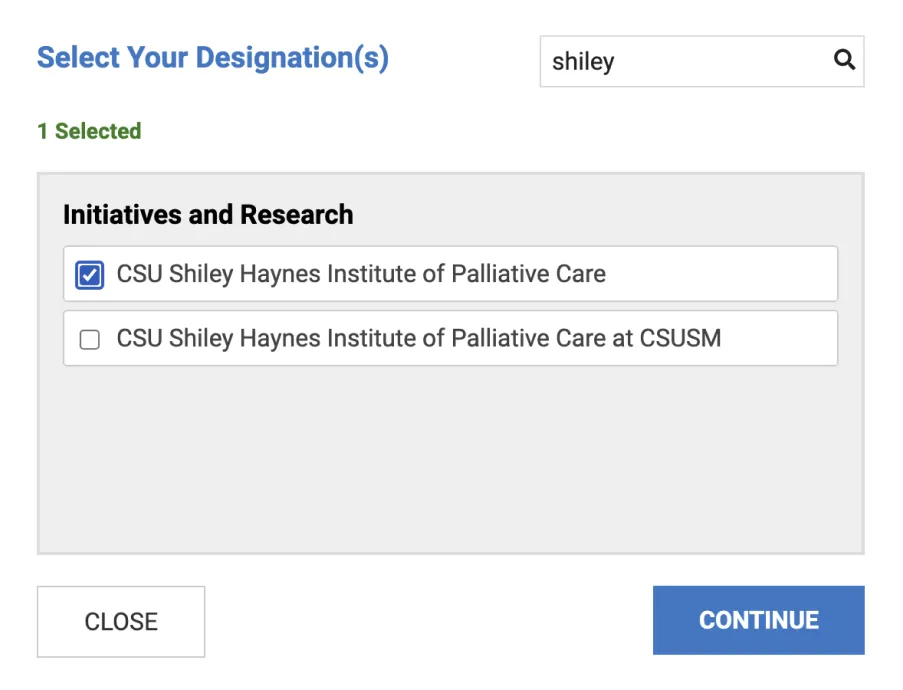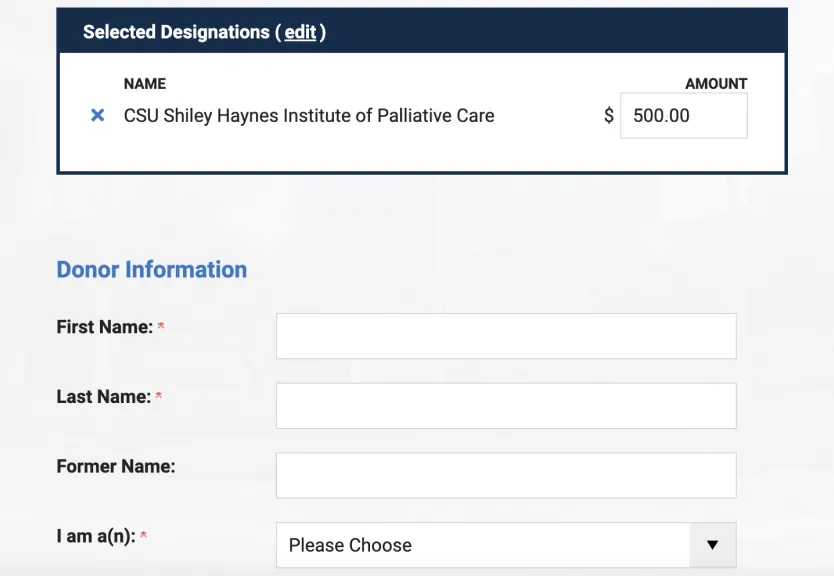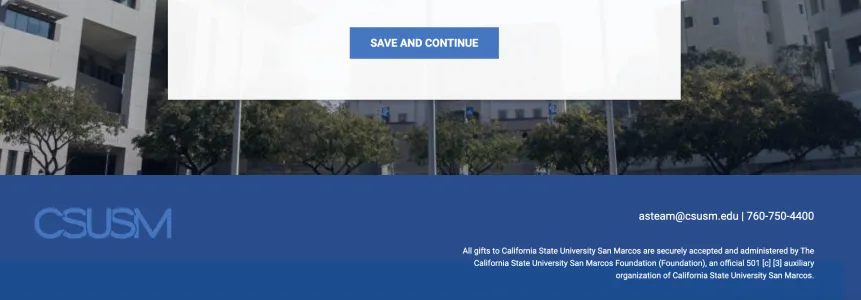Communicating to the Public About Hospice and Palliative Care
Misconceptions abound about serious illness care and it is especially difficult to sort out distinctions between hospice versus palliative care. The depth of public misunderstanding about these services may be greater than most professionals realize.
We know the terms are not well-understood by lay people, despite decades of efforts trying to promote them and educate the public. Much of that education has tried to clarify the issues by highlighting the differences between hospice and palliative care and trying to explain what each isn’t.
But for professionals trying to overcome the confusion and raise awareness about these vital services among potential consumers, emphasizing the differences between hospice versus palliative care may not be the best strategy. In fact, as highlighted in the Centers for Medicare and Medicaid Innovations report on federal palliative care demonstration projects, it may be adding to the misperceptions and serve as a major barrier to patient enrollment in palliative care.
The problem of these misconceptions, as well as the solutions, are addressed in a new online resource for hospice, palliative care and advance care planning professionals, The Serious Illness Messaging Toolkit. The toolkit was developed by the Message Lab, a three-year research project funded by the Cambia Health Foundation and John A. Hartford Foundation.
The Message Lab was formed to study evidence-based messaging principles and to apply techniques of marketing research to the needs of serious illness care. We know that 80 percent of Americans don’t know what palliative care is. More of them know what hospice is, but many have reservations about its quality or think it hastens death. Additionally, only 30 percent of Americans have completed an advance directive. Equally important, these rates have not gone up in the past decade.
Clearly, our messaging is not working, says Anthony Back, MD, the Message Lab’s principal investigator and professor at the University of Washington’s Cambia Palliative Care Center for Excellence in Seattle.
What’s the Real Question?
For members of the public who may be engaged in web searches for palliative versus hospice care, the more important questions have to do with what kinds of services they think they need. “What are they having trouble with that they don’t have easy answers for and that might make them wonder about hospice and palliative care? Are they searching for the differences because they wonder what each is?” Back poses.
For professionals in the field who are addressing these questions, the Message Lab provides guidance. Results from focus group studies suggested that it is better to talk up the positive benefits of palliative care and hospice in simple language, rather than highlighting the differences. Additionally, each of these services in the continuum of serious illness care—palliative care, hospice and advance care planning—has its own challenges and needs its own distinct message.
Professionals don’t just talk to patients. They talk to journalists, publish content on their organization’s websites and social media, make educational presentations—and talk to their neighbors at the supermarket checkout stand. The communication principles outlined in the toolkit can apply to any point of contact with the public, and it is designed to help improve messaging to better engage a public audience.
“We, as providers, too often have tried to create different niches for our services and then let patients try to figure out where they fit—instead of asking them what they need,” Back says. “We’re telling patients to check off our boxes and learn our policies and distinctions, instead of asking how we can help them—which should be the real point of entry to serious illness care,” he adds.
“For us as providers trying to introduce these services, we should be more focused on how we can help you ask for what you need from us. We should communicate that we are going to listen to what matters to you.” Once the client has entered the system, the case worker can get into the specifics. And actual clinical encounters with enrolled clients will naturally get into greater depth.
But for public-facing messages, Back says, don’t emphasize patients’ fears. Highlight the benefits of the particular service, present the consumer with choices and emphasize how people can retain control in their lives with the benefit of the service.
Leading with Stories
Another important message underscored by the focus group research is to lead with stories—real people who benefitted from the positive services and skills offered by hospice and palliative care. “Every time there is another story in the news about former President Jimmy Carter’s decision to enroll in hospice care, stay home with his wife and enjoy peanut ice cream, this is a great opening for hospice providers,” Back says.
“His is a story about living well with hospice.” That’s the story hospices should be telling, springboarding from that to telling their own stories. Back recommends using social media to direct the public to their websites, where they have room to flesh out their stories.
“As a palliative care physician, what I do is to help people with a serious illness feel better and to cope better as they go on living their lives,” he adds. And that’s what the message should emphasize. For advance care planning, instead of emphasizing forms that need to be completed, the effective message is: You are entitled to have the care you want and we are going to listen to what matters to you.
“You can’t compete with advertising slogans, but you can talk about real people, living well, with real pictures of their faces—not just their hands,” he says. The authenticity of good pictures of real people still counts with the public. It is also important to highlight every relevant angle of diversity, with a range of people talking about their different stories and experience.
One final note: experts in this field have been promoting the term “serious illness care” to encapsulate hospice, palliative care and advance care planning as a continuum, without having to reference terminal illness or dying or to explain palliative care in all of its nuances. However, the Message Lab says this term is not meant for public audiences or those making a first call for help. It has not been studied or defined for the public. It is not well understood and will only sow further confusion.




